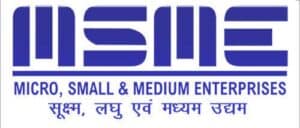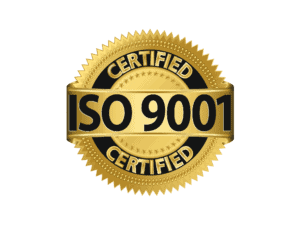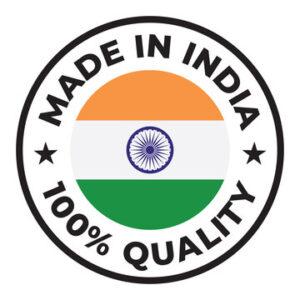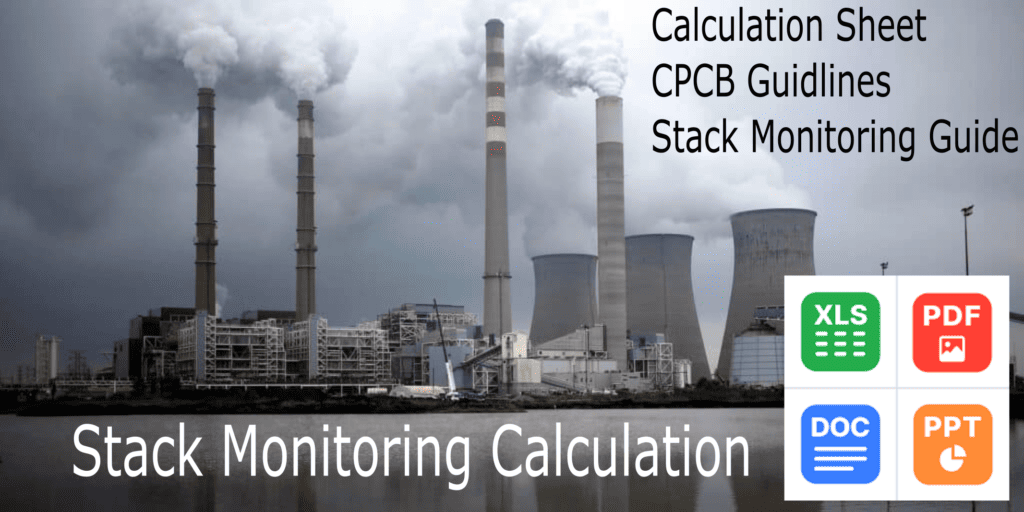





In the realm of environmental compliance and air quality management, stack monitoring plays a pivotal role. To aid professionals in this field, various resources such as calculation sheets, presentations (ppt), and documents (pdf) are essential. This article provides a concise guide to stack monitoring calculations, offering insights into formulas, Excel sheets, and the latest guidelines from the Central Pollution Control Board (CPCB)
In order to better understand the calculation procedure, user must be familiar with the basic terms and glossary provided on Page “Glossary of Stack Monitoring”
Understanding the stack monitoring procedure is crucial for practitioners. Accessing comprehensive guidelines in a portable document format (pdf) provides a handy reference for step-by-step procedures. Professionals can refer to these documents to ensure adherence to best practices in stack monitoring.
Efficient stack monitoring requires precision, and a calculation sheet proves to be a valuable tool in this regard. Professionals can leverage Excel sheets tailored for stack monitoring calculations, streamlining the process and ensuring accurate results. These sheets often incorporate formulas that align with industry standards, making them indispensable for environmental practitioners.
For those seeking a visual guide to stack monitoring calculations, a PowerPoint presentation (ppt) can serve as an invaluable resource. These presentations typically break down the complex calculations into digestible slides, aiding in better comprehension and knowledge retention.
Adhering to the latest guidelines is paramount in stack monitoring procedures. The CPCB, as a regulatory authority, regularly updates its guidelines to reflect advancements in environmental science. This article emphasizes staying abreast of the most recent CPCB guidelines for stack monitoring, ensuring that professionals are equipped with the latest information.
In conclusion, the effective implementation of stack monitoring involves utilizing various resources such as calculation sheets, PowerPoint presentations, and guidelines from reputable authorities like the CPCB. Whether through Excel formulas or detailed pdf documents, staying informed and adopting best practices is vital for professionals dedicated to maintaining air quality standards and environmental compliance.




